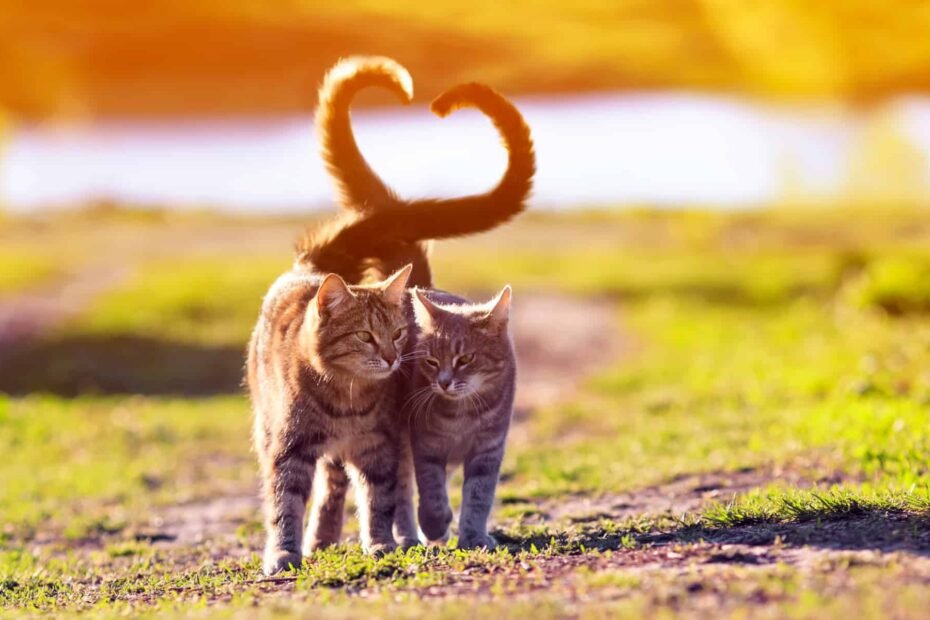Is it possible to employ AI for translating animal sounds into human language? While this concept might seem like science fiction, a Chinese technology firm is investigating this incredible prospect. Baidu, operator of China’s leading search engine, has submitted a patent application to the China National Intellectual Property Administration. According to the recent disclosures, the document outlines a mechanism designed to gather various forms of animal interaction techniques including actions and vocal expressions. These inputs undergo an AI analysis aimed at deciphering the creature’s feelings, potentially converting them into recognizable speech. However, this particular AI feature remains within the experimental stage.
All creatures convey messages through various means, even our dearly loved cats. Although we typically link tail movement with communication,
dog’s
Behaviorally, cats also swing their tails; however, the significance of these motions can be far more subtle and complex.
Cats
Are incredibly expressive, with much of their communication coming from their tails. Let’s delve into why cats swish their tails and what these small motions signify.
This update from May 10, 2025, includes information about Baidu’s AI translation patent.
Why Have a Tail at All?
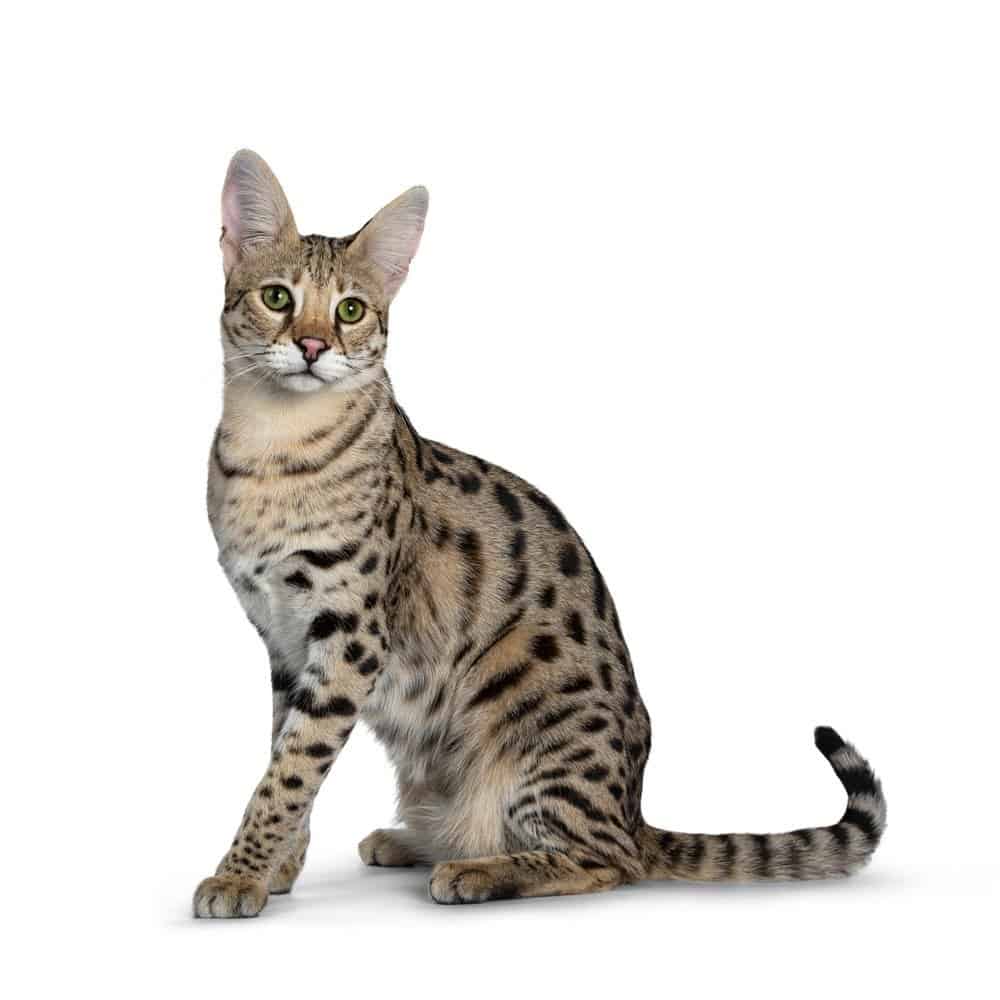
A cat’s tail stands among the most crucial components of their anatomy. Composed of tiny bones known as caudal vertebrae, felines generally possess between 18 to 23 of these within their tails. These structures house numerous vital features like vertebrae, nerve endings, blood vessels, muscle fibers, and scent glands.
Cats’ tails aid them in maintaining balance and enhancing their agility when they walk, run, play, or hunt. Should you have marveled at how smoothly your feline manages to traverse narrow ledges or leap onto countertops without effort, credit goes primarily to their tail—it acts as a stabilizer for their body. Besides enabling these graceful maneuvers akin to those seen in acrobatic shows, tails fulfill several additional roles. Richly innervated, they link directly to the cat’s brain, thereby assisting in sensory perception. Furthermore, a cat’s tail serves as an essential tool for communication—not only among cats but also between cats and people.
In What Way Do Our Felines Communicate With Us?
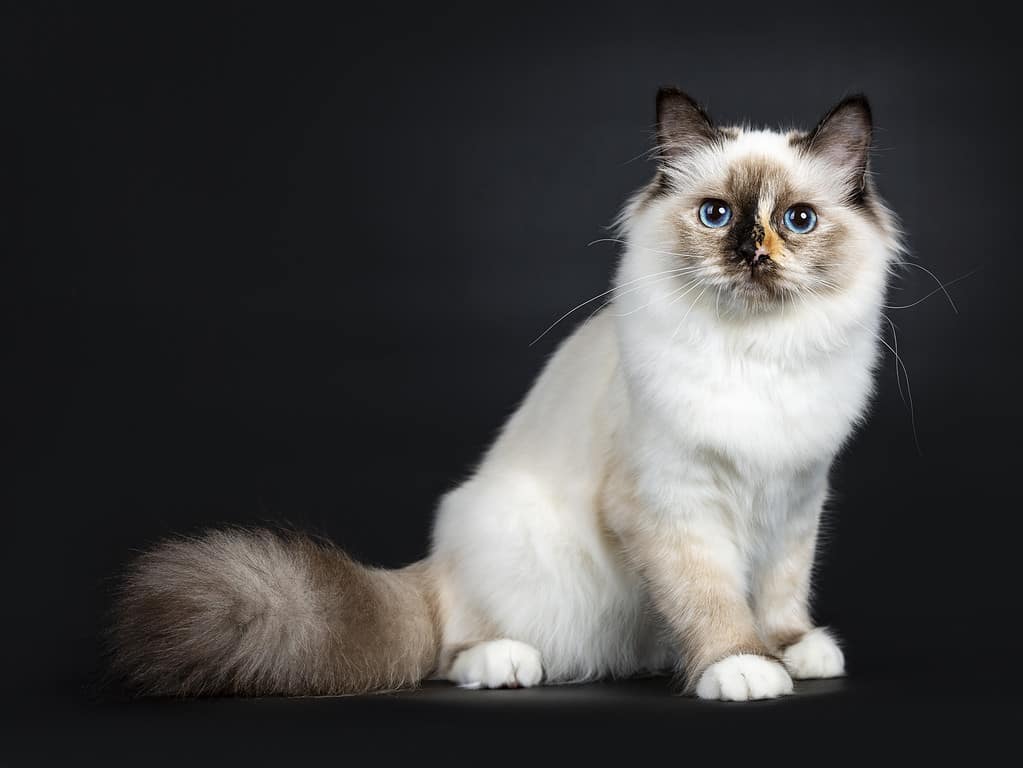
Cats are highly communicative animals. Although their tails provide insights into what they’re conveying, this isn’t the sole method we can rely upon to decipher their message. Felines employ their whole bodies for communication purposes—both among themselves and with humans. They express themselves through various means including their tails, eye movements, ear placements, postures, and vocalizations! However, similar to how understanding an isolated phrase often lacks clarity without broader context, interpreting a cat’s swish of the tail might convey vastly differing meanings depending on accompanying signals.
Dog Tails Wagging and What It Means
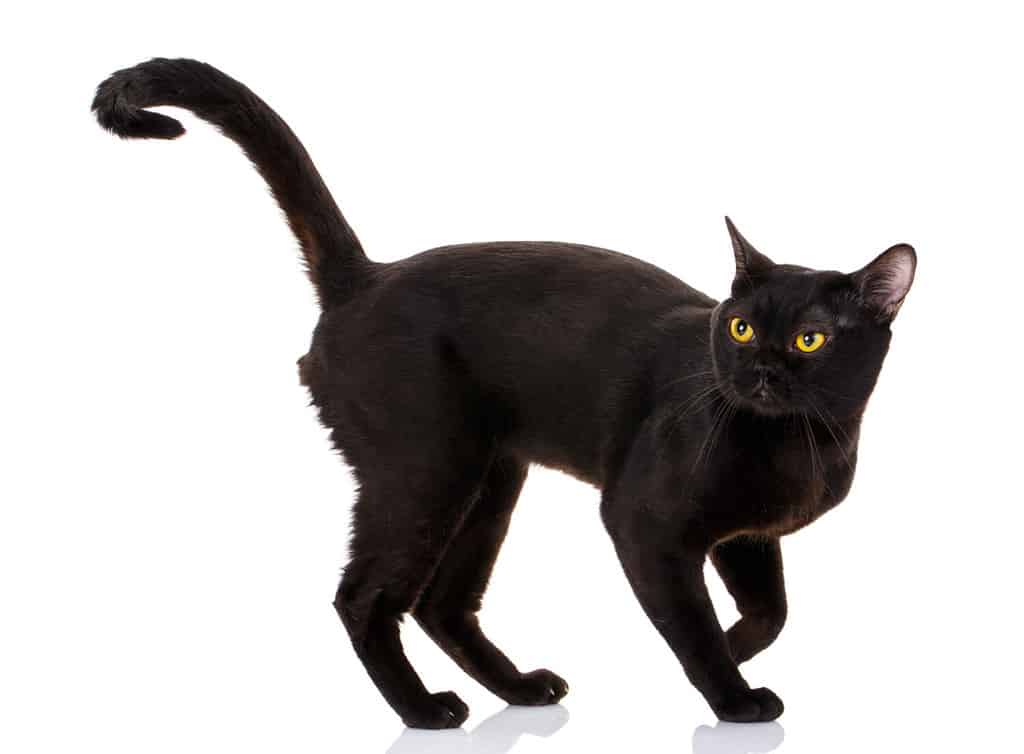
A cat’s tail plays a crucial role in its communication; however, it depends significantly on vocalizations, body language, and facial expressions as well. These elements can assist you in understanding your cat’s emotional state based on the tail’s posture and movement. In contrast, interpreting dogs’ messages is generally simpler since their tail-wagging typically indicates happiness. Conversely, cats exhibit a higher level of sophistication which makes them somewhat harder to comprehend fully. We will now explore some various interpretations of a cat’s tail movements.
The Swish
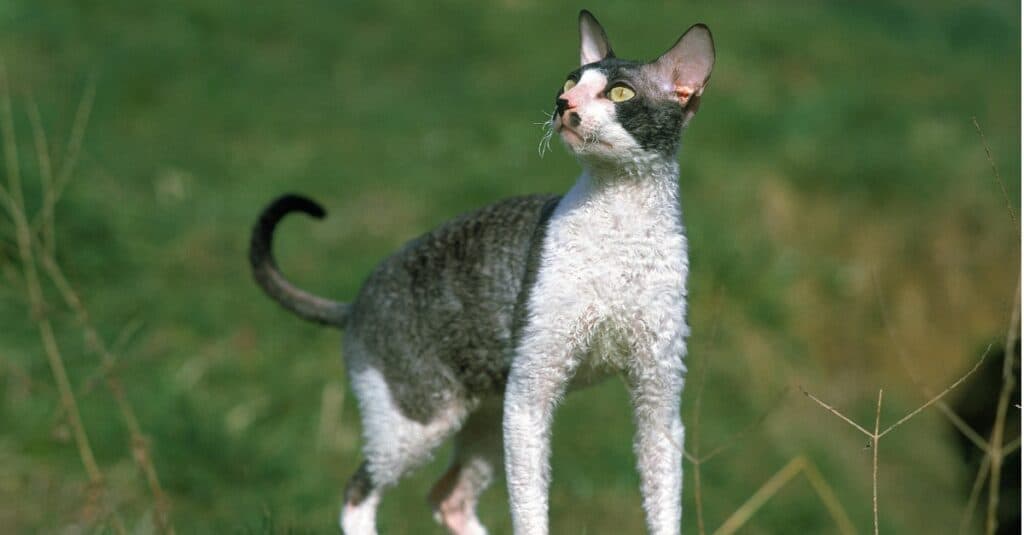
A low and slow swish back and forth generally means that a cat is mildly annoyed.
They might perform this motion during play as well, right before they prepare to pounce. It would be wise to give them some space.
cat alone
And provide them with some room when you notice their tail moving in such a way. Should the gentle sway transform into rapid, forceful swings from side to side, it would be wise to step back, since the cat might be becoming highly agitated.
The Twitch
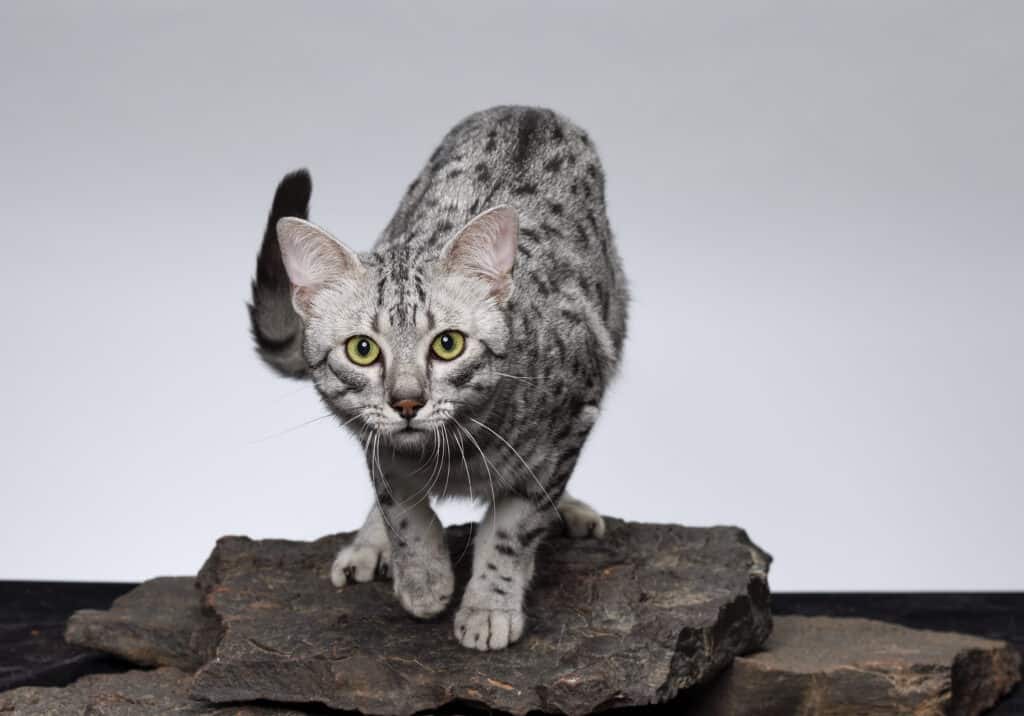
If you notice your cat’s tail moving rapidly from side to side, it typically indicates that they are focusing intently. You often observe this behavior when your feline friend is staring at something such as a
bird
,
rodent
, or
moving toy
It might also include small cat chirps and chatter sounds. Although it can occasionally be mistaken for a swipe, they are different. However, observing this behavior typically still indicates certain meanings.
leave me alone.
The Quiver
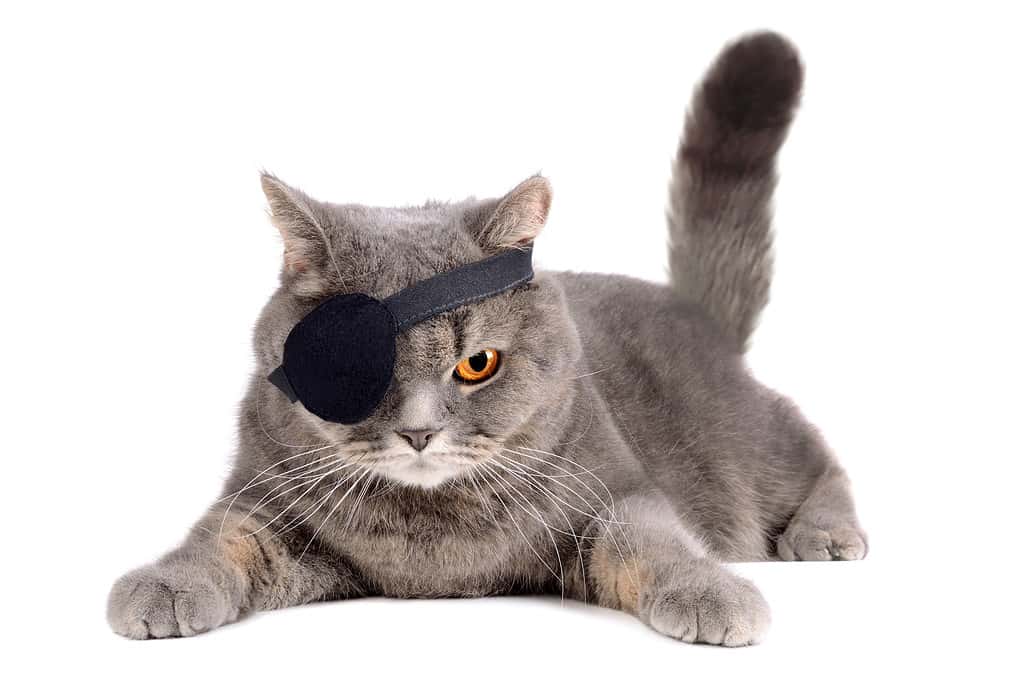
This could well be the cutest wagging motion among all tail gestures. It involves a swift tremble near the tip of the tail. You might notice your feline coming towards you with its tail held high and trembling at the upper end, somewhat resembling how a rattlesnake’s tail moves. However, unlike the snake which uses this as an ominous signal, your kitty isn’t issuing any warnings; instead, it indicates extreme joy or excitement upon seeing you. Typically, this behavior goes hand-in-hand with purring, nuzzling against you, or making contented noises. Spotting these signs tells you that your cat desires affectionate attention such as pettings and hugs.
The Hook
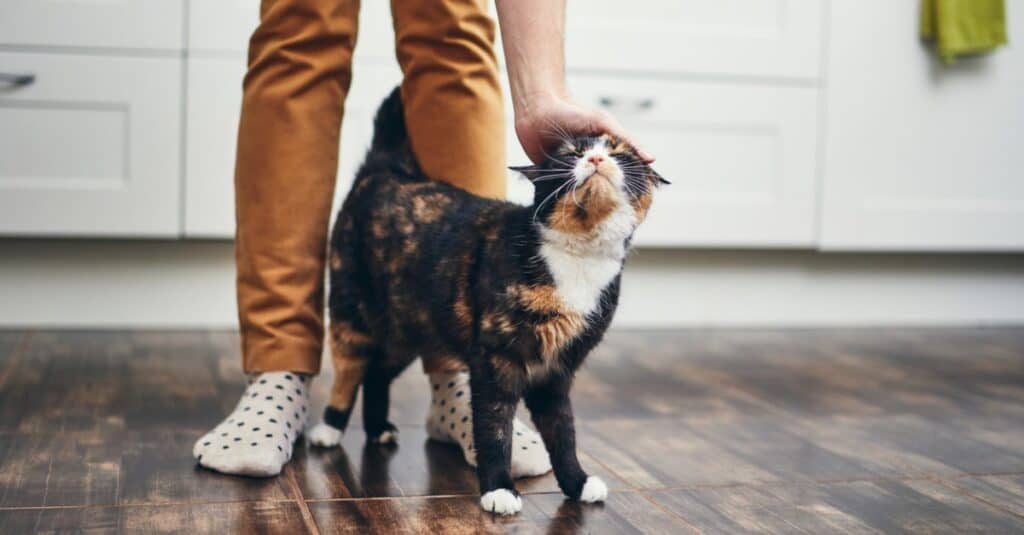
This type of tail movement typically indicates an unusually fond feline; they often hook or curl their tails around a person’s arm, hand, or neck.
.
Occasionally known as a “cat hug,” this is among the methods your feline might use to demonstrate fondness towards you. However, don’t be disheartened if your cat doesn’t engage in this behavior, since a purring sound or rubbing itself against you could convey an identical sentiment.
The Sleepy Flick
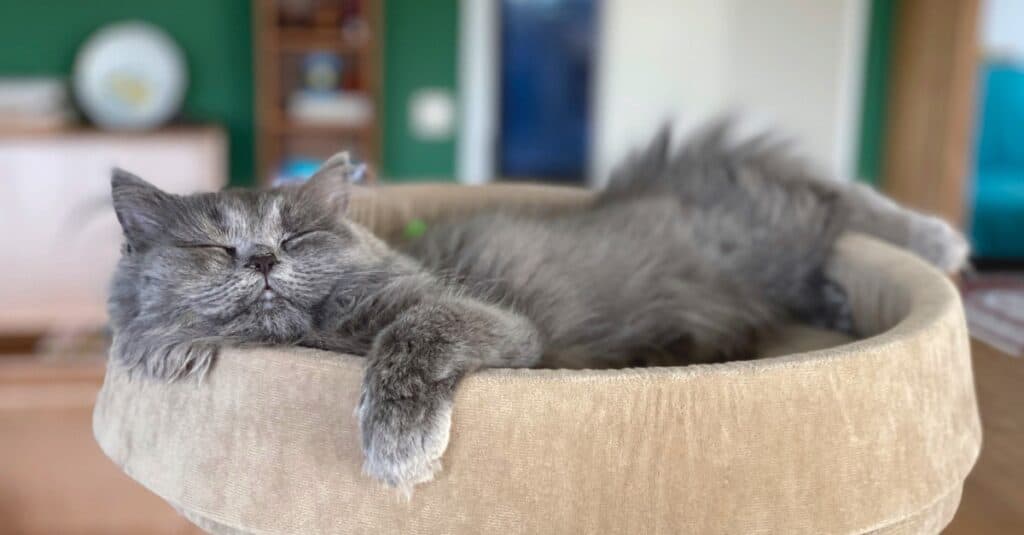
One aspect of cats is that they choose whether something merits their attention. If you’ve ever tried calling your cat,
cat’s name
As they slumber, they might gently swish their tails. This tail movement indicates that they can hear you, but for them, sleeping takes precedence at that instant.
What Should I Do if My Cat Doesn’t Have a Tail?
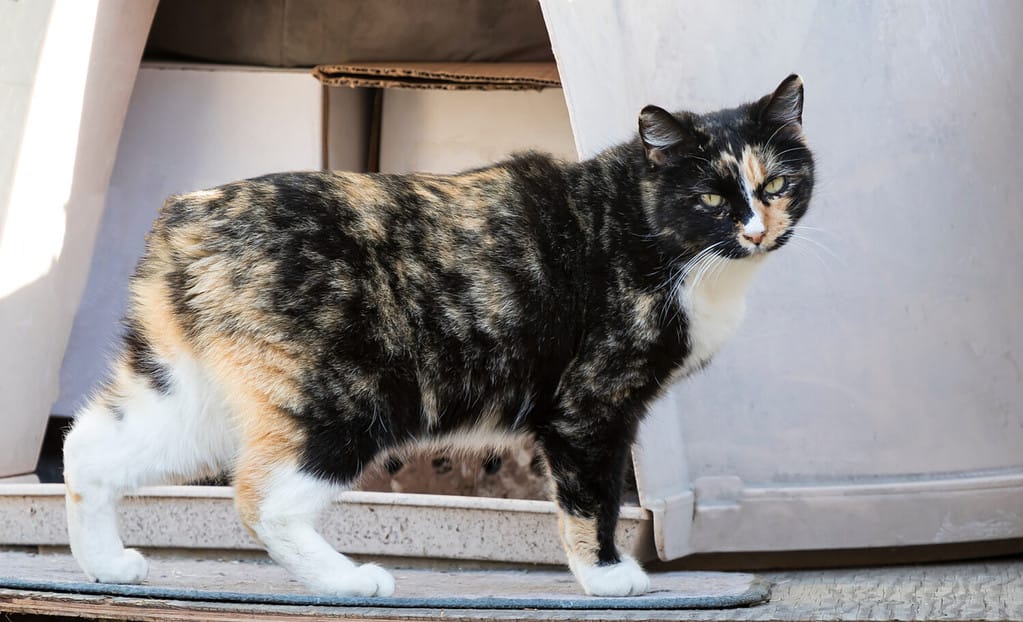
Some
cat breeds
do not have tails, like the Manx breed. Some might be tailless from past injuries or were just born without one. The absence of a tail does not prevent them from communicating with you and other creatures; remember, felines utilize their whole bodies for this purpose!
Follow A-Z Animals!
-
Discover today’s newest and most thrilling animal stories by following A-Z Animals.
Tap here to view the A-Z Animals profile page
make sure to tap the
Follow
Button here or at the top of this article! - Got comments? Leave your thoughts underneath!
Up Next:
-
10 Reasons Your Cat Is Wagging Its Tail While Lying Down
-
What Is the Purpose of Cats Having Tails?
-
Unraveling the Feline Gaze: Communication Without Utterances
The post
Could We Use AI to Decode Cat Communication?: What Their Tails Really Mean
appeared first on
A-Z Animals
.
